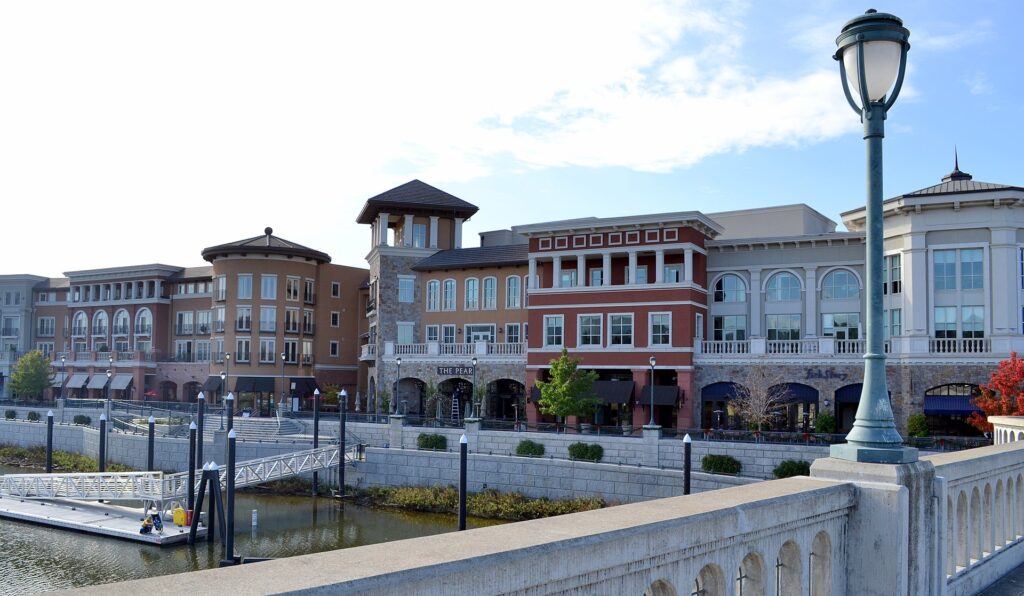
Moving to Napa, California: A Comprehensive Relocation Guide
If you’re considering relocating to Napa, California, you’re looking at a city at the heart of world-renowned wine country. Napa offers a unique blend of small-town charm, culinary excellence, and natural beauty, making it a desirable place to live for families, professionals, and retirees alike. This guide explores Napa’s demographics, lifestyle, economy, housing, and more to help you make an informed decision about your move. Find trusted local services for moving, living, and working in Napa.Napa Relocation Directory
Demographic Profile for Considering Moving to Napa
Napa is home to approximately 78,000–80,000 residents. The population is diverse, with a mix of families, young professionals, and retirees. The median age is around 39–40 years, and the community values its cultural heritage and vibrant arts scene. Napa’s residents are known for their hospitality, environmental consciousness, and passion for the region’s agricultural roots.
Quality of Life
Life in Napa is deeply tied to its scenic surroundings. Residents enjoy rolling vineyards, riverfront trails, and a mild Mediterranean climate perfect for outdoor activities year-round. Napa’s downtown district has undergone revitalization, offering art galleries, boutique shops, and acclaimed restaurants. The city hosts events like BottleRock Napa Valley and numerous wine festivals, fostering a strong sense of community and entertainment.
Economic Opportunities
Napa’s economy is anchored by wine production, hospitality, tourism, and agriculture. Dozens of wineries, hotels, and restaurants provide employment opportunities, while small businesses and creative industries thrive alongside them. Healthcare, education, and professional services are also significant sectors. Napa’s proximity to the Bay Area—about an hour’s drive—expands career options for commuters seeking a quieter home base.
Housing and Cost of Living
Housing in Napa ranges from historic cottages to modern single-family homes and townhouses. The median home price is above the national average due to Napa’s desirability and limited land availability. Rental options include apartments, condos, and accessory dwelling units. While the cost of living is high compared to many U.S. cities, it is often considered reasonable relative to nearby Bay Area hubs like San Francisco or Oakland.
Education and Healthcare
Napa is served by the Napa Valley Unified School District, which offers several well-rated schools. For higher education, Napa Valley College provides two-year degrees and transfer programs, while nearby universities such as Sonoma State and UC Davis are within commuting distance. Healthcare needs are met by Queen of the Valley Medical Center and local clinics, ensuring comprehensive care for residents.
Things to Consider / Challenges
-
Cost of Living: Housing and general expenses are higher than average.
-
Tourism Impact: Seasonal tourism can lead to increased traffic and busy weekends.
-
Wildfire Awareness: Like much of Northern California, Napa is occasionally affected by wildfire risks; residents often adopt preparedness measures.
Conclusion About Moving to Napa
Relocating to Napa, California, offers a lifestyle defined by wine country beauty, cultural vibrancy, and a supportive community. Whether you’re drawn by career opportunities in hospitality or simply seeking a picturesque place to call home, Napa combines small-town warmth with world-class amenities. By weighing the economic prospects, housing market, and quality of life outlined here, you can make a confident decision about making Napa your new home.

